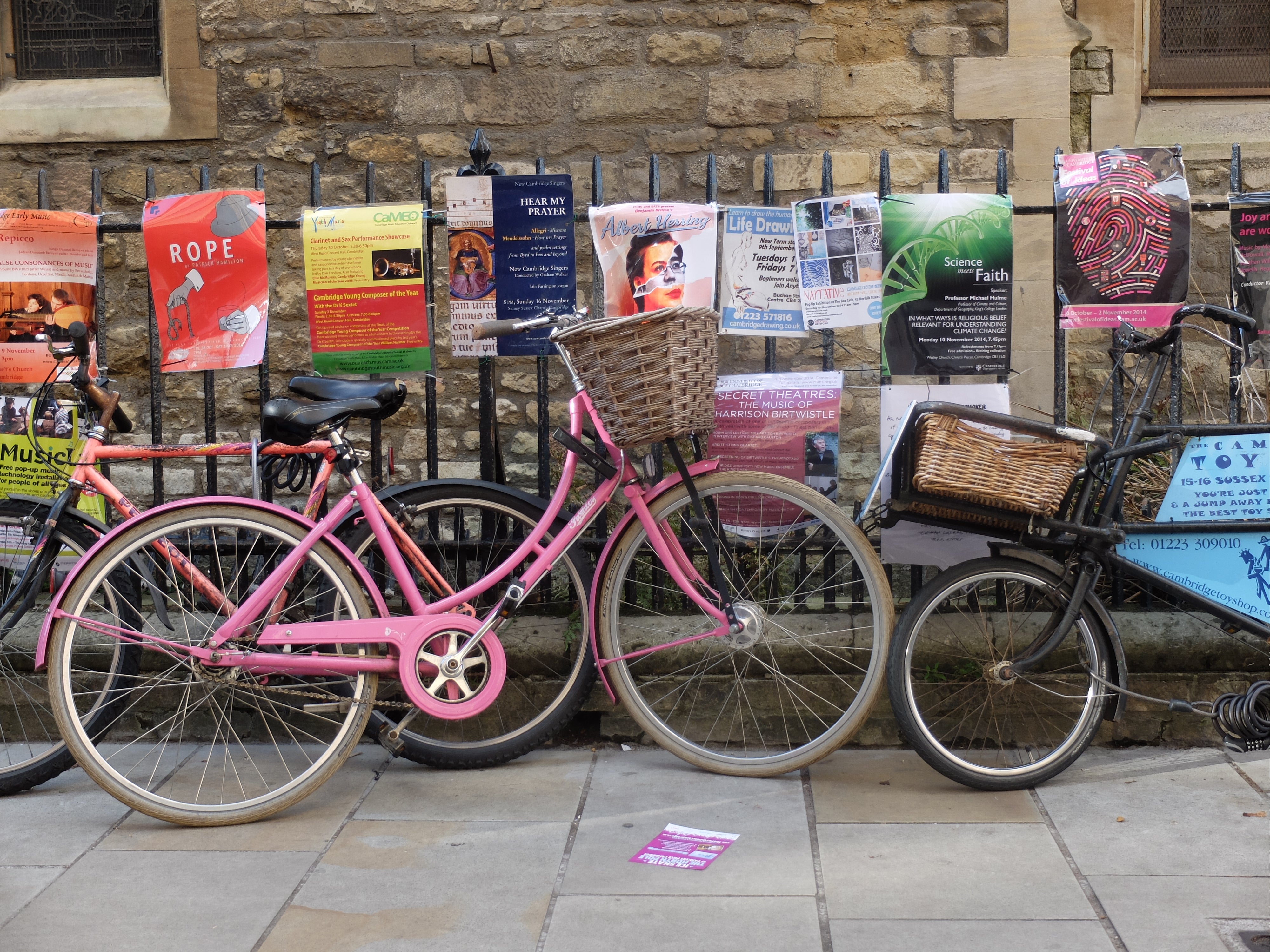To help us provide you with free impartial advice, we may earn a commission if you buy through links on our site. Learn more

The Fujifilm X20 went down a storm when it arrived in early 2013, and it’s still pretty tempting 18 months on. As such, the fact that the Fujifilm X30 is an evolutionary update is no bad thing. It uses the same lens, sensor and processor, and it looks broadly similar too. The main changes are to the viewfinder and screen, plus there’s a new lens ring for controlling various functions. There’s a bigger battery giving 470 shots per charge, Wi-Fi is now built in and there’s a 2.5mm socket that timeshares between external microphone and wired remote duties.
The X20’s 2.8in screen was one of its weaker features so it’s great to have a 3in, 920,000-dot screen in its place. We’re even happier to report that it’s an articulated design, tilting up by about 100 degrees and down by 45 degrees. We really appreciate being able to shoot at waist height, especially when photographing children. It’s also much easier to hold the camera steady in that position than with outstretched arms.
We liked the X20’s optical viewfinder but the X30’s electronic viewfinder (EVF) is a marked improvement. It’s only marginally smaller than a full-frame SLR’s viewfinder, and the 2.4-million dot (1024×768) resolution is as sharp as our eyes can see. An eye level sensor switches the EVF on automatically when it’s raised to the eye. It’s particularly impressive that Fujifilm has managed to fit the EVF and still found room for a built-in flash and a hotshoe. There’s a mode dial and exposure compensation dial on the top plate too. With its classy retro styling and magnesium alloy shell, this is a camera that’s likely to go down very well with photography enthusiasts.
It’s comfortable to hold but we’d have liked the grip to be a little bigger, as it’s still slimmer than the retracted lens. A couple of buttons have been jettisoned to make room for the larger articulated screen, but there’s still a generous number.
As before, the camera is powered up by twisting the zoom ring from its retracted position. This time there’s an additional lens ring that can be assigned to a variety of tasks. Its default role depends on the selected shooting mode: it cycles through the Film Simulation modes (Fujifilm’s name for its JPEG colour presets) in Auto mode, does nothing in Program mode and controls shutter or aperture in priority and manual exposure modes. However, there’s a button on the front of the camera that can reassign the ring to ISO speed, white balance, Film Simulation or drive mode. It’s a welcome feature that’s particularly useful in manual exposure mode to control aperture, with shutter speed assigned to the command dial. However, we’re not convinced that it’s a vast improvement on the wheel that encircles the X20’s navigation pad, which has disappeared on the X30.
Various buttons around the camera can be customised, and the Q button reveals fifteen functions for quick access. There are lots of bracketing options, an intervalometer for capturing time-lapse sequences and an option to lock the Spot AE metering to the autofocus area.
The Auto ISO function has three customisable profiles, with the ability to define the minimum and maximum ISO speed and also the shutter speed threshold (below which the ISO speed is raised). We were impressed to see that the camera automatically raised the shutter and ISO speeds to avoid motion blur when it detected a moving subject.
Wi-Fi is built in, but the iOS app behaved better than the Android app (running on a Nexus 4 phone). It took a few attempts to establish a connection, and the app behaved oddly when we attempted to adjust camera settings in remote viewfinder mode. Still, we appreciate the ability to adjust the autofocus area using the phone’s touchscreen, and the easy access to exposure compensation. The iOS app worked flawlessly, and both versions of the app let us browse and transfer photos without any trouble.

SPEED, FOCUS AND VIDEO
The X20 was a nippy performer but the X30 takes things to another level. It rattled off JPEGs every 0.3 seconds in normal use – one of the fastest results we’ve ever seen. It set off at the same speed for RAW capture, too, slowing to 0.6s after 16 frames.
Autofocus was consistently fast in most of our tests but it struggled with vague or moving subjects in low light, and a few of these shots were completely out of focus. We were surprised to find an option in the menu where the default behaviour was to prioritise speed over accuracy when it came to focusing. Reversing this setting sometimes resulted in no photo being captured at all, but we prefer to know at the time when the camera has failed to focus so we can have another go.
Continuous performance matched the X20’s impressive 12fps top speed, slowing to 5.6fps after 17 JPEGs. For continuous RAW, it managed 9fps for eight frames before slowing to 1.2fps. There’s also an option to capture a burst of frames with updated autofocus between each one. Performance in this mode varied from around 2.5fps to 5fps, but that’s a great result for a compact camera.
Video capture has never been Fujifilm’s strongest area, and that remains the case here. We appreciate the X30’s ability to vary the frame rate from 24fps to 60fps, and to plug in an external microphone. However, videos displayed the same blocky details that we saw from the X20, and there was a lot of noise in anything but brightly lit scenes. Autofocus was fixed for the duration of clips unless we remembered to turn the dial on the front of the camera to CAF. There’s some logic in that but most cameras have the foresight to override the autofocus mode during video recording.
IMAGE QUALITY
With the same lens, sensor and processor, it’s not much of a surprise to find that the X20 and X30 are closely matched for image quality. Noise reduction was a little more successful at tackling the darker recesses of photos at ISO 800 and above, but that’s the only difference we could spot.
That’s by no means a criticism, though. The f/2-2.8 lens and 2/3in sensor equate to an f/7.9-11 aperture on a full-frame camera. This isn’t far behind CSCs and SLRs at this price, which have bigger sensors but smaller apertures in their kit lenses. In practice that means excellent results indoors in ambient daylight, and respectable snapshots under household artificial light.

^ There’s plenty of detail in skin and hair textures in this indoor daytime shot, even after raising the shutter speed to avoid motion blur. (1/125s, f/2.5, ISO 1000, 68mm equivalent)

^ Shooting at ISO 1600 in subdued light, shaded skin textures are a little noisy but the backlight has been expertly managed. (1/30s, f/2.5, ISO 1600, 56mm equivalent)

^ ISO 3200 shots don’t stand up to scrutiny but they’re fine for casual snaps. (1/56s, f/2.5, ISO 3200, 52mm equivalent)
The lens delivered the goods in outdoor tests, too, with sharp focus into the corners of frames. The sensor and JPEG engine produced some flattering colours but their handling of dense textures was a little below par. Fujifilm’s dynamic range optimisation performed superbly, giving balanced mid-tones and shadows while subtly under-exposing highlights to avoid them being clipped.

^ We’re big fans of the colours produced by Fujifilm’s JPEG processing engine. (1/320s, f/2.8, ISO 100, 112mm equivalent)

^ Focus is sharp from edge to edge of this shot, and there’s no hint of chromatic aberrations in the high contrast lines of the wheel spokes. (1/300s, f/2.2, ISO 100, 46mm equivalent)

^ This is another great result for focus and handling of highlights. (1/850s, f/4, ISO 200, 30mm equivalent)

^ The dense textures in this foliage aren’t rendered so well. This could limit the degree to which photos are cropped or enlarged. (1/950s, f/4.5, ISO 200, 112mm equivalent)
CONCLUSION
The X30’s price puts it in the middle of the premium compact market, although a £50 cashback offer (valid until 11 January 2015) brings the price down. Some people will prefer to stick with the X20, which is still available for around £340. The even older but still excellent Panasonic LX7 can be picked up for a mere £290. Meanwhile, there are compact cameras such as the Sony RX100 III and Panasonic LX100 (review coming soon) that surpass the X30 for image quality, but then they also cost more.
The biggest challenge to the X30 is last year’s Sony RX100 II, which costs the same and wins for image quality for wide angle shots, although the X30 regains the advantage for telephoto. The RX100 II is significantly smaller but it lacks the X30’s viewfinder and extensive physical controls.
Ultimately, we’d pick the X30. Image quality is consistently excellent, it’s seriously fast and using it is a genuinely pleasurable experience. There’s not much more we can ask for.





